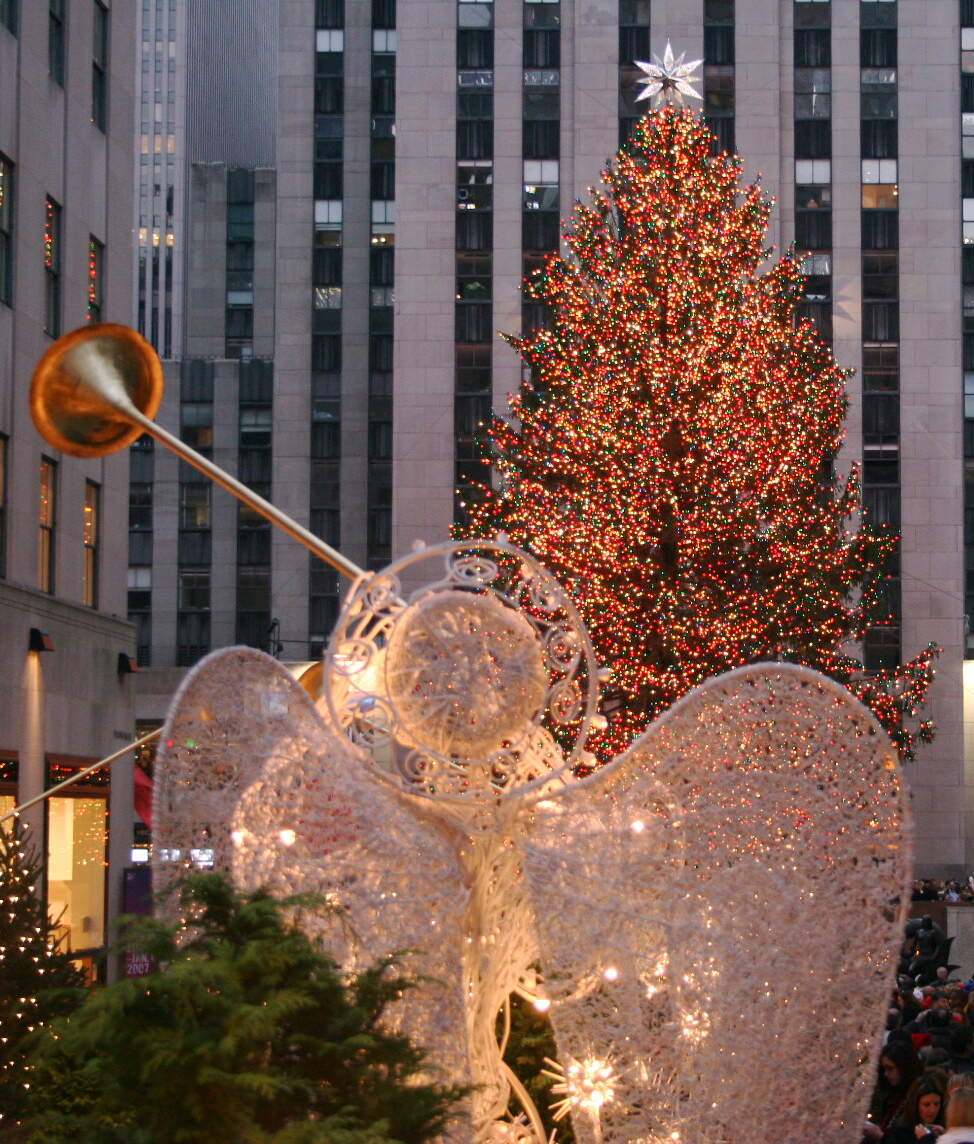

Yule
Observed
the first day of Winter
Dates
December 21st, 2023 7:27 PM
December 21st, 2024 1:19 AM
December 21st, 2025 7:02 AM
December 21st, 2026 12:49 PM
December 21st, 2027 6:41 PM
Tags
Religion & Spirituality
Hashtags
Sources
Yule coincides with the Winter Solstice in the northern hemisphere and is one of the oldest winter solstice festivals. It originated with the Norse people, a Germanic group in Scandinavia in pre-Christian times. They started it as a festival called jol or jul. It was a time of feasting, drinking, and merrymaking, where they displayed their faith that the new year would be fruitful, even though the harvest was over and they were living through short and cold times. Sacrifices of cattle—to gods or other supernatural beings, like elves—are thought to have been an important part of the multi-day festival, which may have lasted around 12 days. A Yule log burned throughout it. Ancient Yule festivals had themes of fire, light, and feasting. Light was particularly important since Yule was a Sun festival; it started on the shortest day of the year and marked the moment when the days would lengthen, with the Sun increasing its presence. Candles, bonfires, and Yule logs all represented the light and fire.
Along with other pagan traditions, Yule and its rituals became part of Christmas. Around the ninth century, Yule became another name for this Christian holiday, and "Yule" is still used to describe Christmas in many languages today, with the season also sometimes being known as Yuletide. According to Nordic history, King Haakon Haraldsson of Norway merged Yule and Christmas in the tenth century, following a visit to England where he became a Christian. Although Christmas became the dominant holiday of the two, some elements of Yule remained and still remain, often in modified form. For example, while the Yule log is thought to have burned throughout the multi-day festival, it is much more likely today to be found as a log-shaped roulade cake. In Sweden, large goats known as Yule goats are made out of straw during the Christmas season and appear alongside Santa Claus. The tradition of Yule goats goes back thousands of years, perhaps as a tribute to the god Thor, who was pulled in a chariot by goats.
Some Yule practices of today are based on ancient traditions, while some are adapted to go along with modern religious personal practices. Yule is now mainly observed by neo-pagans. One neo-pagan group to observe it are Wiccans, and it occurs during the second sabbat of their Wheel of the Year when they take part in rituals to welcome the Sun's return. Some people observe it by reenacting the battle between the Holly King, which represents darkness, and the Oak King, which represents light in Celtic legend. Some try to recreate the traditions of the ancient Norse, by preparing feasts and burning Yule logs. Some stay up until dawn to observe the cycles of nature.
How to Observe Yule
- Host a Yule or winter solstice party.
- Have a Yule feast, including a Yule log cake.
- Light candles, have a bonfire, or make or burn a traditional Yule log.
- Look for public Yule events. For example, Yule log events where participants write down their cares and throw them in a fire, looking with hope for the future, are sometimes held. Another common event is a Holly King and Oak King battle reenactment.
- Stay up until dawn and watch the sunrise.
- Learn more about Yule by picking up a book such as Yule: Rituals, Recipes & Lore for the Winter Solstice or Yule: A Celebration of Light and Warmth.





















